Culture
After Hagibis: Infrastructure Lessons From the Arakawa
Published
4 years agoon
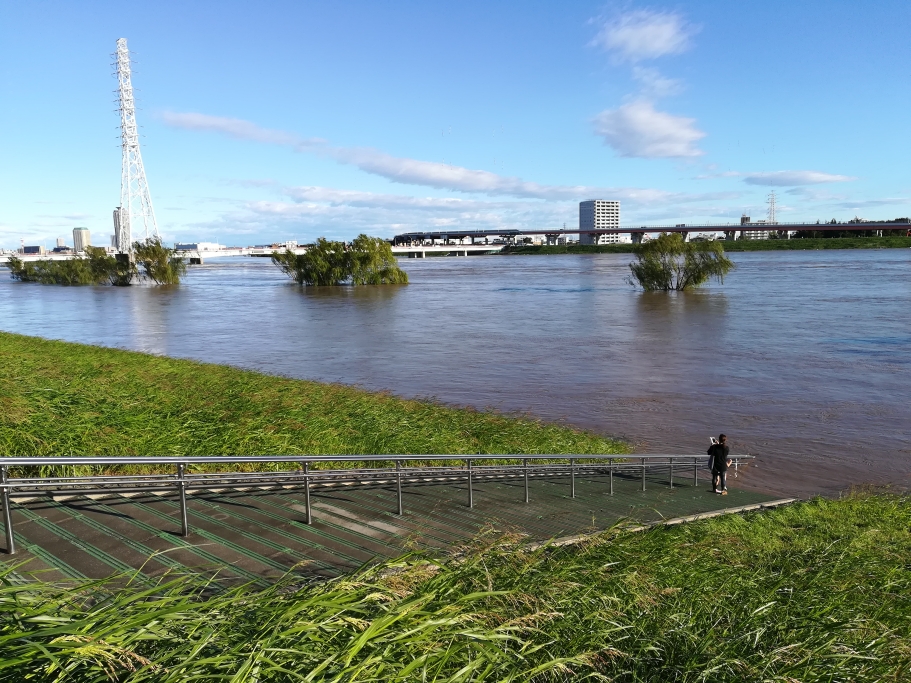
(Last of a Two-part Series)
Part 1: After Hagibis: Painters, Dog Walkers, Bagpipe Players, Magicians Bring Life Back to the Arakawa
Arakawa Museum of Aqua
The Arakawa has not one but two museums dedicated to it. One is cycling distance from my home. When my children were small, we visited it several times because it is located near a popular picnic and barbecue area with a scenic view of the river and the Iwabuchi Floodgate.
Above is a photo of the somewhat quaintly named Arakawa Museum of Aqua (Arakawa Chisui Shiryokan Amoa). It is focused on the civil engineering behind the creation of the current Arakawa Flood Diversion Channel and the ongoing flood risk still posed by the massive flow through it following heavy rains.
Exhibits are labeled only in Japanese, but many can be understood without reading knowledge of Japanese. A clearly written illustrated pamphlet in English is available to explain the construction.
One of the models at the Aqua Museum, pictured above, shows the use of human labor in the Arakawa construction project. Steam-powered equipment was available, but there was a reliance on human muscle that would be unthinkable in a contemporary construction project of comparable scale.
There is also a 42-page booklet in Japanese aimed at children. It has a somewhat simplified standard Japanese text made up of kanji and kana with the addition of furigana (pronunciation in kana) written above all kanji. I found it useful for verifying my understanding of some civil engineering terminology. Texts like this are very useful for early and mid-stage Japanese language learners because they present real content in an easily readable form.
As a historian of modern Japan (Meiji Restoration to the present), I was reminded on my most recent visit of something that was not part of my training as a historian. During the Tokugawa period, the government engaged in numerous civil engineering projects for irrigation, transportation, and to provide drinking water.
The particular historical narrative I learned branded the Tokugawa as feudal exploiters and gave no attention whatsoever to anything that did not fit that narrative. Nevertheless, as the volunteer guide pointed out, some of these pre-modern structures are still in place. While they have held up so far, there is no guarantee they will continue to do so in the future.
I was also reminded how little attention conventional history teaching gives to engineers.
The overall plan for the Arakawa Flood Diversion Channel was the work of Akira Aoyama (1878-1963). In addition, he personally designed the Iwabuchi Suimon (Iwabuchi Floodgate) that is near the Aqua Museum and which has been preserved as a monument to him.
As with many Japanese engineers, he learned his trade abroad. He spent eight years working on the construction of the Panama Canal. He applied knowledge gained there to the construction of Arakawa Flood Diversion Channel.
His skill is demonstrated by the fact that in the nearly 90 years since the channel’s completion, there have been spillovers but no levee failures. Doubtless, his name would be better known had there been failures. Engineers get noticed when their structures collapse, not when they perform as designed.
The museum is free. Days and hours of operation are typical of public facilities: closed on Mondays unless Monday is a holiday, weekday hours from 9:30-17:00, Saturday and Sunday 10:00-17:00. The museum is a three-minute walk from the Akabane-Iwabuchi Station on the Nanboku Line.
Unless you are particularly interested in civil engineering, a visit to the museum is best combined with a picnic or barbecue in the area reserved for this purpose on the east side of the levee adjacent to the museum.
Saitama Museum of Rivers
The second museum is something of a water sports recreation facility with an educational function. Located in Yorii on the east bank of the Arakawa, it is called the Saitama Museum of Rivers (Saitama Kawahaku).
It is probably best described as an educational theme park. Time limitations prevented a visit for this article.
The museum charges a small admission fee of ¥410 JPY for adults, ¥200 JPY for junior high and high school students, and free for students below junior high school.
Days and hours of operation are typical of public facilities: closed on Mondays unless Monday is a holiday or it is summer vacation. Hours are: weekday, from 9:00-17:00, extended to 17:30 during the summer. Saturday and Sunday, 9:00-18:00.
The museum is a 20-minute walk from Hachigata Station on the Tobu-Tojo Line. Parking is available for a small fee. Additional information is available at this link.
Engineering in the Aftermath of Hagibis
When my son and I cycled the riverbank on the first dry day after Hagibis, the Arakawa was in full flood. The Iwabuchi Water Gate itself, shown in Photo 18, was nearly submerged.
Just as we were headed toward the small island and shrine shown here, it was announced that the river was rising. Staff from the river management agency escorted us off the bridge leading to the island. It did not completely submerge, but as shown in Photo 19, only a half-meter or so remained above the river level.
This pole in Photo 20, with semaphores indicating the height of the river, was almost submerged in the minutes after we were escorted off the island. It is the height of a common power pole in Tokyo.
In Photo 21, the same pole is shown after the river level had dropped to near normal. The large mound of trash in the foreground makes the pole appear shorter than it is in fact. I was surprised to see relatively little plastic waste in the many mounds of trash deposited along the river.
Typhoon Hagibis in the ‘New York Times’
While foreign press coverage of the Japanese government and Japanese public response to Hagibis has generally been positive, there was one notable exception. A prominent article in the New York Times — under the headline “Japan Spent Mightily to Soften Nature’s Wrath, but Can It Ever Be Enough?” — stated that Japan had “seen disaster management as a problem to be solved by engineering.”
In another article by Motoko Rich, the subheading proclaimed, “Japan, which prides itself on its robust infrastructure and disaster preparedness, was humbled by the storm that hurt major metropolitan areas.”
Both articles follow the pattern common in the foreign press of treating “Japan” as a homogenous blob, where there is uniformity of thinking on all matters great and small. Infrastructure projects in Japan have in fact very often been controversial, with some generating large scale movements in opposition.
The subheading in the article by Motoko Rich is patently false, and an absurd statement from anyone who was in Tokyo during the storm.
Instead, the transportation infrastructure was essentially shut down because it is known not to be robust in the face of extreme weather. Wind gusts can cause trains to tip over. Tracks flood. Trees bring down the overhead wires that power most trains.
Evacuation shelters were opened in the expectation that there would be infrastructure failures. Experience has taught the Japanese that rivers can and do overflow their banks. Levees give way. Power lines come down. Storm drains backup and overflow.
It is difficult to fathom why Rich would write such nonsense unless it is stealth whataboutism. Even when U.S. disaster management is not bungled as the way it was in the aftermath of Hurricane Katrina, it is hardly a world-class model. Perhaps taking a potshot at Japan serves to reassure Americans that even the Japan that does so many things so much better than the U.S. has its weaknesses too.
Realistic About the Real Infrastructure Risks
This expectation of infrastructure failure overshadows the emphasis on the success of the Arakawa Flood Diversion Channel at the Aqua Museum.
The museum exhibits repeatedly stress that while the Arakawa project has done a remarkable job of protecting a large part of low-lying Tokyo from flooding, it could fail with devastating consequences.
Hazard maps show how far flood waters might spread. An interactive computer simulation allows you to pick a major point in Kita Ward, such as Akabane or Oji, and view the consequences of a levee failure.
One major exhibit is devoted to household preparation for a potential levee failure. Among other things, The section shown in Photo 22 shows samples of what you should have in the way of bottled water, emergency rations, and other items in your emergency kit.
A video at the museum shows visitors what would happen if there was an overflow or levee breach.
The river management authority has also released several YouTube videos showing the flooding and damage that would occur if the Arakawa overflowed or if there was a levee failure. When first released, the videos were seen as scaremongering and an effort to sell the public on an ever larger public works budget.
Lessons seem to have been learned. After Hagibis, I started to see internet comments reflecting an appreciation of the threat modeled in the videos — and, more importantly, recognition of the need for further spending.
RELATED ARTICLES:
Author: Dr. Earl H. Kinmonth

You may like
-


Tokyo Prioritizes Tackling Floods Before the Next Big One
-


Rikugien, a Brilliant Tokyo Jewel of Autumn's Best Foliage
-


As Typhoon Lan Approaches Here is How To Deal with Possible Transport Chaos
-


[Hidden Wonders of Japan] Meiji Mura: The Story of Japan's Modern Past Captured in Architecture
-


[Hidden Wonders of Japan] Lotus Flowers Embrace the Sun at Ueno Park
-


Randall Goosby: The Virtuoso Championing Diversity in Classical Music
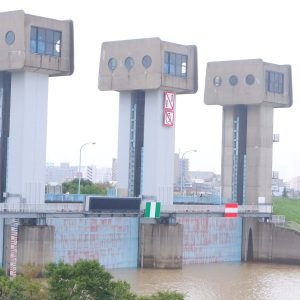
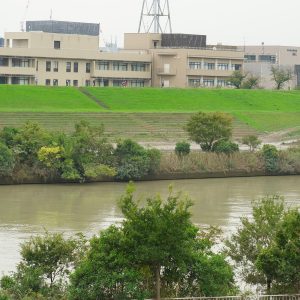
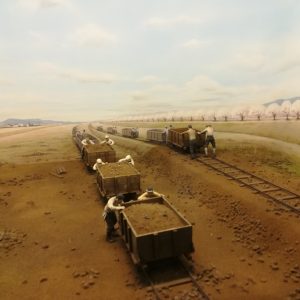

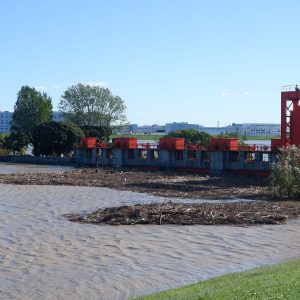
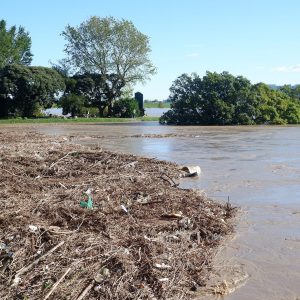
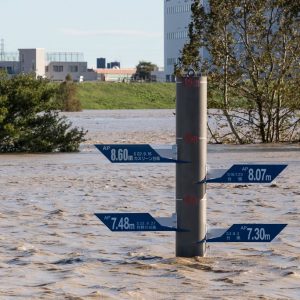
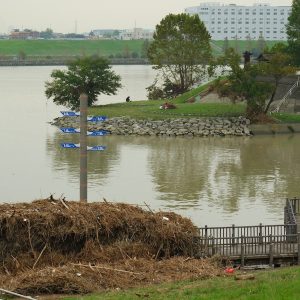

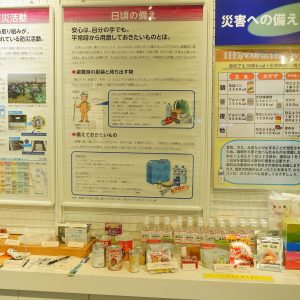

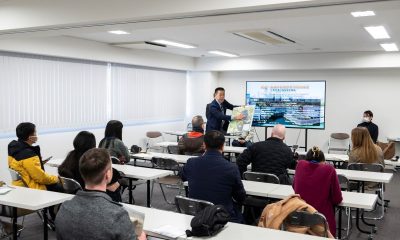



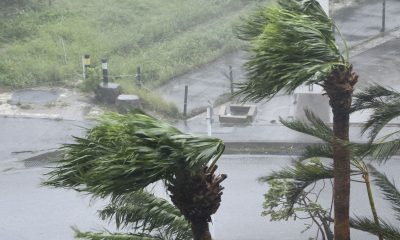

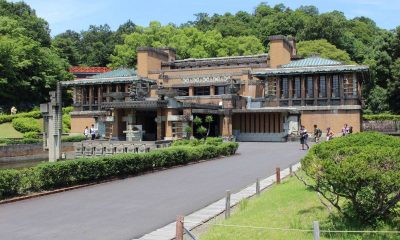







You must be logged in to post a comment Login